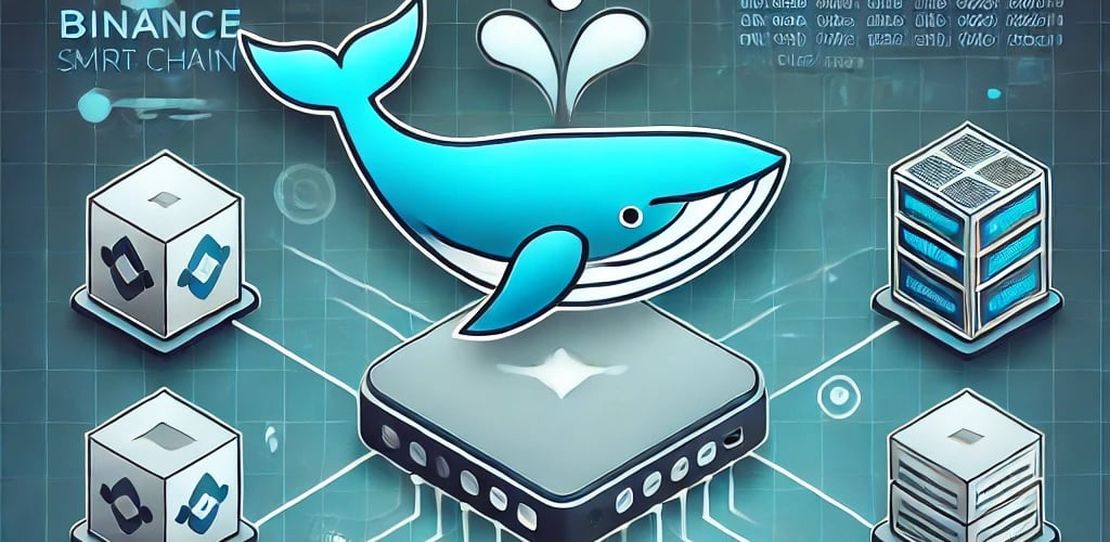
Tokenomics Explained: An Easy Guide to the LegitDAO Smart-Contract
- Steve Rodrigue
- Dao , Smart contract , Tokenomics
- November 18, 2024
Table of Contents
The LegitDAO contract combines governance, utility, and incentive mechanisms to create a decentralized autonomous organization (DAO). This contract provides a structure where DAO members can participate in decision-making, contribute to projects, and earn rewards.
In this article, we’ll break down the features of the LegitDAO contract, explaining its tokenomics in simple terms. Tokenomics is the economic model that governs how tokens are created, distributed, and used within the ecosystem.
Key Features of LegitDAO
- Governance via Categories and Projects
- Service Provider Proposals and Rewards
- Marketplace for Token Trading
- Dividend Distribution
- Taxation Mechanism on Transfers
- Auditor Contributions
- Comments and Discussions
Governance: Categories and Projects
The DAO enables members to propose and manage categories and projects. These are the building blocks of governance:
Categories
- Root Categories: These are overarching themes, such as “Healthcare,” “Education,” or “Technology.”
- Subcategories: Nested within root categories, these allow further specialization. For example, under “Technology,” you might have “AI Research” and “Blockchain Development.”
- Voting: Members vote to approve or reject categories. If the category is a subcategory, only moderators of the parent category vote.
Projects
- A project belongs to a specific category.
- DAO members can vote to approve or reject a project.
- Once approved, projects can be assigned to service providers who work on them.
By organizing contributions into categories and projects, the DAO creates a structured environment for collaboration.
Service Providers: Proposals and Rewards
Service providers are the backbone of DAO productivity. They execute approved projects and receive rewards in WebX tokens or BNB.
Proposals
- Service providers submit proposals with details about their qualifications and pricing (in WebX and BNB).
- Proposals are voted on by the DAO or by moderators of the relevant category.
Quotes
- For approved projects, service providers submit quotes specifying:
- Cost (in WebX or BNB).
- Timeframe for completion.
- The DAO or category moderators vote to accept or reject quotes.
Rewards
- Once a project is completed, service providers can:
- Receive payment.
- Submit an ERC-20 token contract address (optional) for additional rewards, which are distributed among DAO members as dividends.
Marketplace for Token Trading
The DAO includes a marketplace where members can buy and sell tokens approved by the DAO.
How It Works
- Members list tokens for sale at a specified price.
- Buyers use WebX tokens to purchase these tokens.
Benefits
- Liquidity: Enables token holders to exchange assets.
- Utility: Expands the usability of DAO-related tokens.
Dividend Distribution: Sharing Rewards
DAO members earn dividends from various sources, such as:
- WebX tokens: The primary currency of the DAO.
- BNB: A popular cryptocurrency used for rewards.
- Service Provider Tokens: Custom tokens submitted by service providers upon project completion.
Claiming Dividends
- Members can claim dividends in WebX, BNB, or other ERC-20 tokens.
- The claimable amount depends on the member’s token holdings and voting activity.
Example
- If a project generates 1,000 WebX tokens as dividends:
- A member holding 10% of DAO tokens can claim 100 WebX.
Taxation Mechanism on Transfers
Whenever DAO tokens are transferred, a tax is applied to support the ecosystem.
Tax Breakdown
- Seller Tax (20%):
- 10% goes to the DAO treasury.
- 9% is distributed as dividends to token holders.
- 1% is burned (removed from circulation).
- Buyer Tax (15%):
- Sent to the referral smart-contract as WebX tokens.
This taxation mechanism ensures sustainable funding for the DAO while reducing token supply to increase scarcity.
Auditor Contributions
Auditors play a critical role in maintaining project quality and accountability.
Responsibilities
- Reviewing Projects: Auditors evaluate completed projects to ensure they meet requirements.
- Submitting Quotes: Similar to service providers, auditors submit quotes for their services.
- Approving/Denying Projects: After reviewing a project, an auditor can:
- Approve it, triggering payment to the service provider.
- Deny it, with reasons recorded on-chain.
Compensation
- Auditors are paid in WebX and/or BNB for their services.
Comments and Discussions
To foster transparency and collaboration, the DAO allows members to comment on various aspects of governance and operations.
Comment Targets
Comments can be added to:
- Categories.
- Projects and their submissions.
- Quotes.
- Voting processes.
- Other comments (nested replies).
Voting on Comments
Members can upvote or downvote comments, promoting meaningful discussions.
Tokenomics Summary
The LegitDAO contract integrates several mechanisms to create a vibrant, sustainable ecosystem:
Governance and Voting:
- Token holders influence decision-making through their voting power.
- Categories and projects are the focal points of collaboration.
Incentives for Participation:
- Service providers and auditors are rewarded for their contributions.
- Dividends ensure that token holders benefit from DAO success.
Taxation and Sustainability:
- Transfer taxes fund the DAO treasury and reduce token supply.
Marketplace Dynamics:
- The marketplace provides liquidity and utility for DAO tokens.
Transparency and Accountability:
- Comments, votes, and histories are recorded on-chain, ensuring openness.
Real-World Use Case
Imagine a DAO focused on green energy projects:
- Members propose categories like “Solar Energy” and “Wind Energy.”
- A project is submitted to install solar panels in a rural area.
- Service providers bid on the project, specifying costs and timelines.
- The DAO votes to select a provider.
- Once completed, the project generates custom tokens that can be traded or claimed as dividends.
Through this process, the DAO tokenomics model creates value for all participants while driving impactful initiatives.
Conclusion
The LegitDAO contract represents a comprehensive tokenomics model for decentralized governance and collaboration. By integrating governance, incentives, and accountability, it empowers token holders to shape the future of the DAO while ensuring fair compensation for contributors.
This system is designed to be adaptable, allowing the DAO to grow and evolve as new opportunities arise. Whether you’re a developer, contributor, or investor, the LegitDAO contract offers a robust foundation for decentralized innovation.


